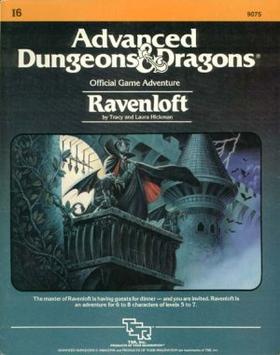Take the smallest jumps you can.
Not The Most Effective Approach
Taking the smallest jumps is poundage in a Progressive Resistance Training Cylce isn't the most effective method.
1) Novice Lifters
Taking small increases in Resistance Loads is condusive to some extent for Novice Lifter.
a) Because they adapt slowly.
That means if they are following a well designed Periodization Training Cycle, a Novice Lift is is able to maintain progress for a long period of time. up to 12 Weeks.
If a Novice Lifter extend their Training Cycle beyond that period, it indicates they started out too light and are not pushing it as they should.
b) Secondly, since Novice Lifter have virtually no personal experience, they are learning as they go.
2) Advaced Lifter
a) Adaptation occurs quickly with this group.
For that reason, they need to have shorter Periodization Training Cycles; make changes approximately every 3 - 4 Week.
That mean their intial week of in a New Training Cycle is with something light and easy.
Each following week needs to be more agressive with larger increases in Resistance with the Exercise.
Pavel address this in his video on...
The Benefit of Jumps Between Kettlebell Sizes (3:30 minutes)
1) Descrete Sharp. Suddeny Changes
Your load are much more effective larger increase loads than very small load increasesa.
As per Pavel, you will never seen Russians using small "Washer Plates" to increase the load; it is only in America.
In a Barbell Exercise, the minimum increase should be 10 kg/22 ;bs. For Women, the minimum increase is 2.5 kg/5 lbs.
2) "Just Noticeable Difference"
The increase needs to be enough that there is a noticable difffence; which will elicit a positive Training Response; gains in strength.
Kilo Kettlebells
What is interesting is that Kilo Kettlebells load increases are 4 Kilo per Bell; 24. 28. 32 kg, etc. That right means right at a 9 lbs increase each time that you move up to the next size Kettlbells.
There is no hurry. I am a big believer in going slow so that you build up all the support muscles and keep injuries to a minimum.
Going Slow
Slow increase in loading are counter productive.
I was always under pressure to get a bigger squat or bench for football so I didn't follow this advice and really feel this hurt my progress long term.
Going To Fast
Increasing loading too quickly is also counterproductive.
I'd aim for 5lb jumps each week or fortnight,
5 lbs Jumps
The increase in loading is dependent on the Exercise.
it might work for for a smaller muscle in an Exercise, such as a Barbell Curl.
However, a 5 lb increase for Compound Exercises like a Squat, Deadlift or Bench Press is not enough.
It's time wasted/
As per Pavel, the minimum increase for a man in a Barbell Exercise need to be 10 kg/roughly 22 lbs.
In no time you will be at 315 then 405. (5lb jumps in 4 months you will be doing 5x5 with 315
The Issue With This Approach
1) The Periodization Training Cycle is too long.
A Novice Lifter needs to make changes to their Periodization Training Cycle approximately every 12 weeks.
2) As Pavel stated in the video, Lifters need to make
Descrete Sharp. Suddeny Changes in the progressively loading in an Exercise to evoke the most effective Trainng Reponse; getting stronger.

